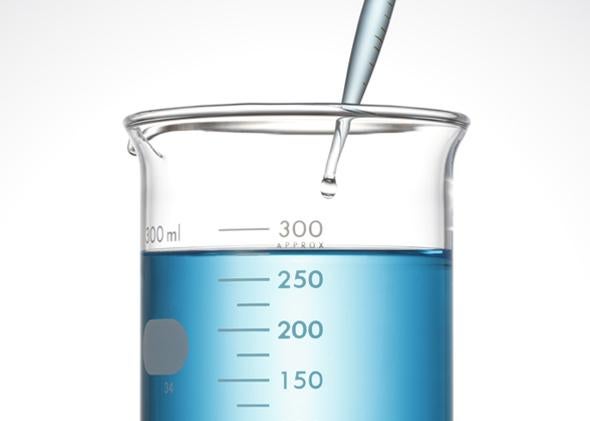If you’re getting sick of 3-D printing, it’s not your fault. You’ve probably just heard one too many times that it’s going to revolutionize everything. But behind all the hype and misshapen plastic figurines, some cool stuff is going on. It’s just a lot more incremental than people might want to admit.
At the University of Florida in Gainesville, a team of researchers is developing a technique for printing minute structures that wouldn’t be able to support their own weight during printing. The idea is to do injection printing inside a gel medium (basically a bucket of goo) so the gel can support a structure as it is being created. The research was published in Science Advances Friday.
The approach hinges on some convenient physical properties of gels. If you’ve ever heard someone sounding pleased with herself as she explains that ketchup has properties of both a liquid and a solid, you know what we’re talking about here. “While tracing out spatial paths with an injection tip, the granular gel fluidizes at the point of injection and then rapidly solidifies, trapping injected material in place,” the researchers explained. Whaddup, non-Newtonian fluids.
So far the group has used its bucket of goo technique to 3-D–print different structures with materials like silicone, hydrogels, colloids, and even living cells. That last one could mean a step toward 3-D printing complex biological structures. Organ farms won’t be popping up soon, though, because as New Scientist points out, the researchers haven’t been using organic gel so far, meaning the current environment won’t keep cells alive once they’re printed into it.
Still, the research could also be applicable to materials science and even the development of flexible electronics. It’s not all empty hype for 3-D printing.
